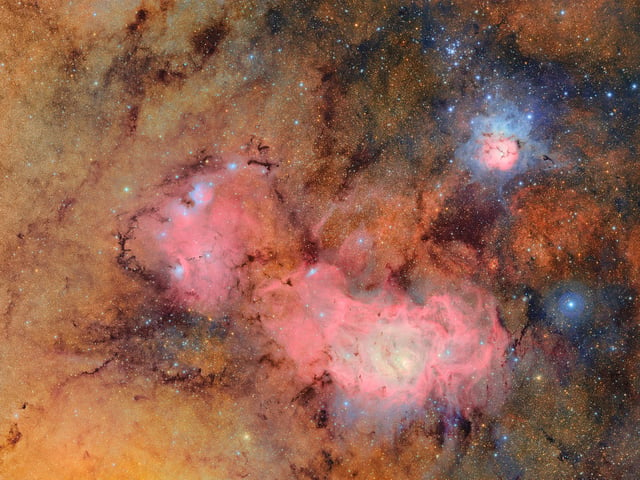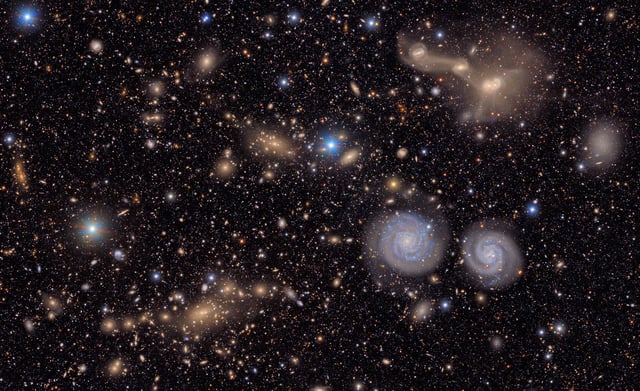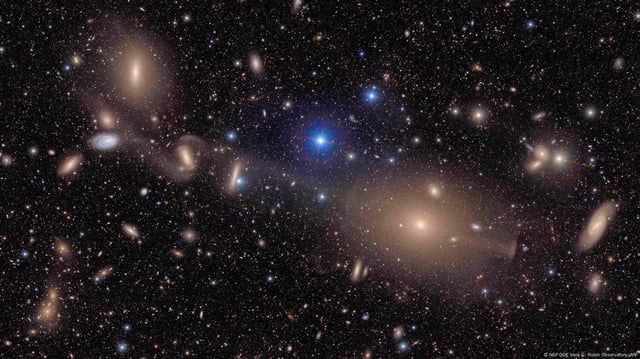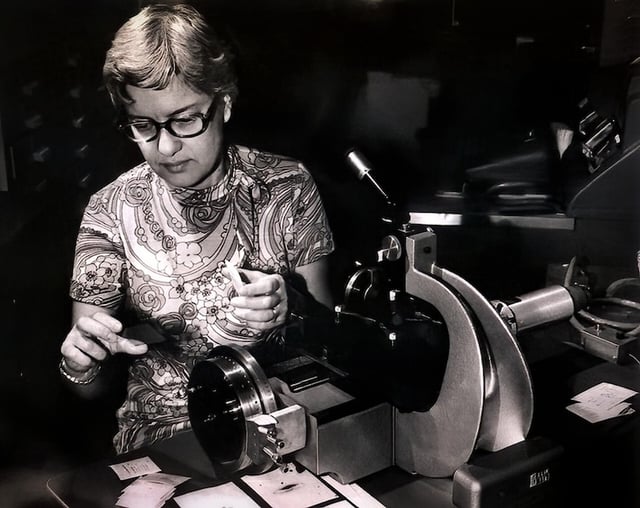Overview
- The Rubin Observatory released composite mosaics of the Trifid and Lagoon nebulas and the Virgo Cluster, combining 678 exposures captured over seven hours.
- Initial observations led to the discovery of 2,104 previously unknown asteroids in just 10 hours, including seven near-Earth objects.
- Perched atop Chile’s Cerro Pachón, the facility employs a 3,200-megapixel camera weighing over 3,000 kilograms that can image the southern sky every few days.
- Later this year, the observatory will begin its decade-long Legacy Survey of Space and Time, generating about 20 terabytes of data each night.
- The project aims to map dark matter, probe dark energy and track transient cosmic events across billions of galaxies.



